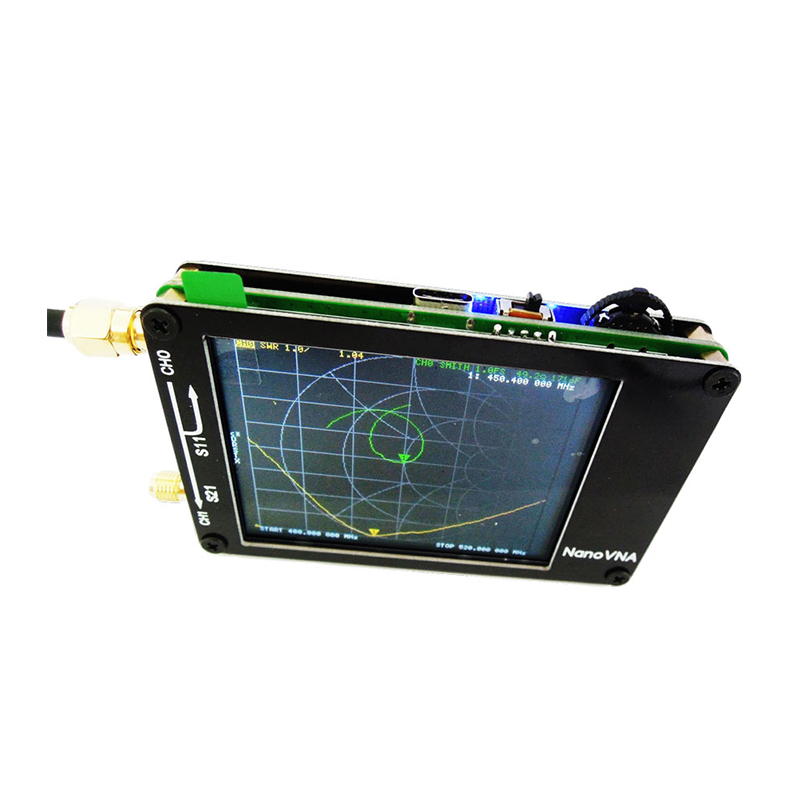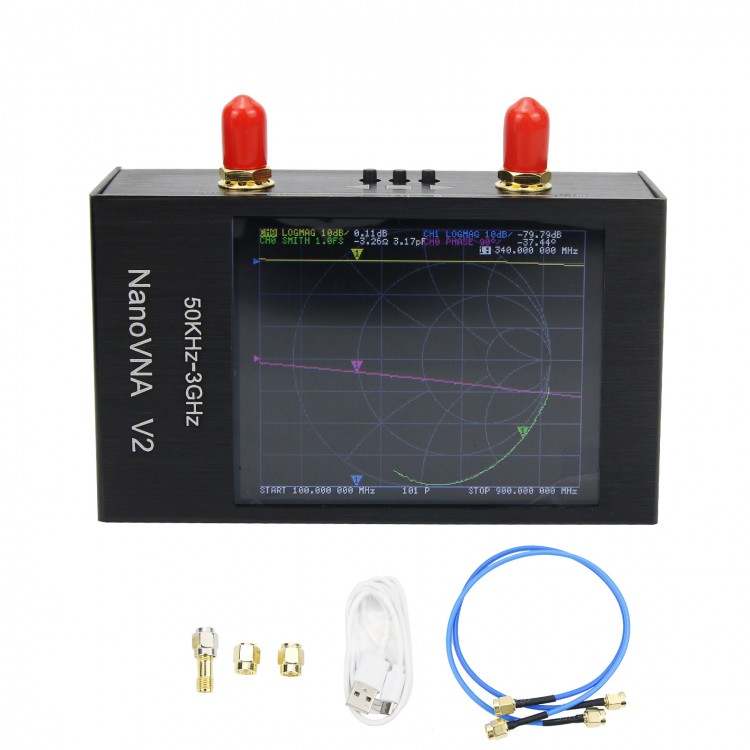

One such measurement tool that’s evolved to keep up is the Real-Time Spectrum Analyzer. To overcome evolving challenges, it is crucial for today’s engineers and scientists to be able to reliably detect and characterize RF signals that change over time, something not easily done with traditional measurement tools.

The Real-time Spectrum Analyzer (RSA) is an instrument that can discover elusive effects in RF signals, trigger on those effects, seamlessly capture them into memory, and analyze them in the frequency, time, modulation, statistical and code domains.Īs RF signals have become ubiquitous in the modern world, so too have problems with interference between the devices that generate them. To overcome these evolving challenges, it is crucial for today’s engineers and scientists to be able to reliably detect and characterize RF signals that change over time, something not easily done with traditional measurement tools. This is often not enough information to confidently describe the dynamic nature of modern RF signals. Traditional tools like Swept Spectrum Analyzers (SA) and Vector Signal Analyzers (VSA) provide snapshots of the signal in the frequency domain or the modulation domain. Given the challenge of characterizing the behavior of today’s RF devices, it is necessary to understand how frequency, amplitude, and modulation parameters behave over short and long intervals of time. The primary use is to measure the power of the spectrum of known and unknown signals. If I had used high-Q inductors, you would see a couple of deep notches at 7 kHz, but even with lesser components, you can see a 35 dB notch at near this location.A spectrum / signal analyzer measures the magnitude of an input signal versus frequency within the full frequency range of the instrument. My filter is a fifth order Elliptic type with stop-band attenuation designed at 40 dB. Since I built my filter with lossy through-hole components on a DIY circuit board, I am very satisfied with the results. My sweep from 500 kHz to 10 MHz showed attenuation of more than 30 dB in the AM broadcast band, followed by a flat uniform response above the cutoff frequency. Plugging in my filter as the device under test (DUT), I ran a sweep to produce the graph of insertion loss (S21 gain) as shown in the diagram above. Although I had measured its performance using my signal generator and oscilloscope, I thought taking some measurements with the NanoVNA would be a good learning experience.

Recently, I built an outboard 1.7 MHz high pass filter to reduce medium wave overload signals arriving at my wideband SDR receivers. It arrived quickly, but I never got around to using it until now. For US $45, I figured I could not go wrong so ordered one. It’s tiny and works stand-alone or connected to your PC.

Last winter, I started to hear about the NanoVNA vector network analyzer.


 0 kommentar(er)
0 kommentar(er)
